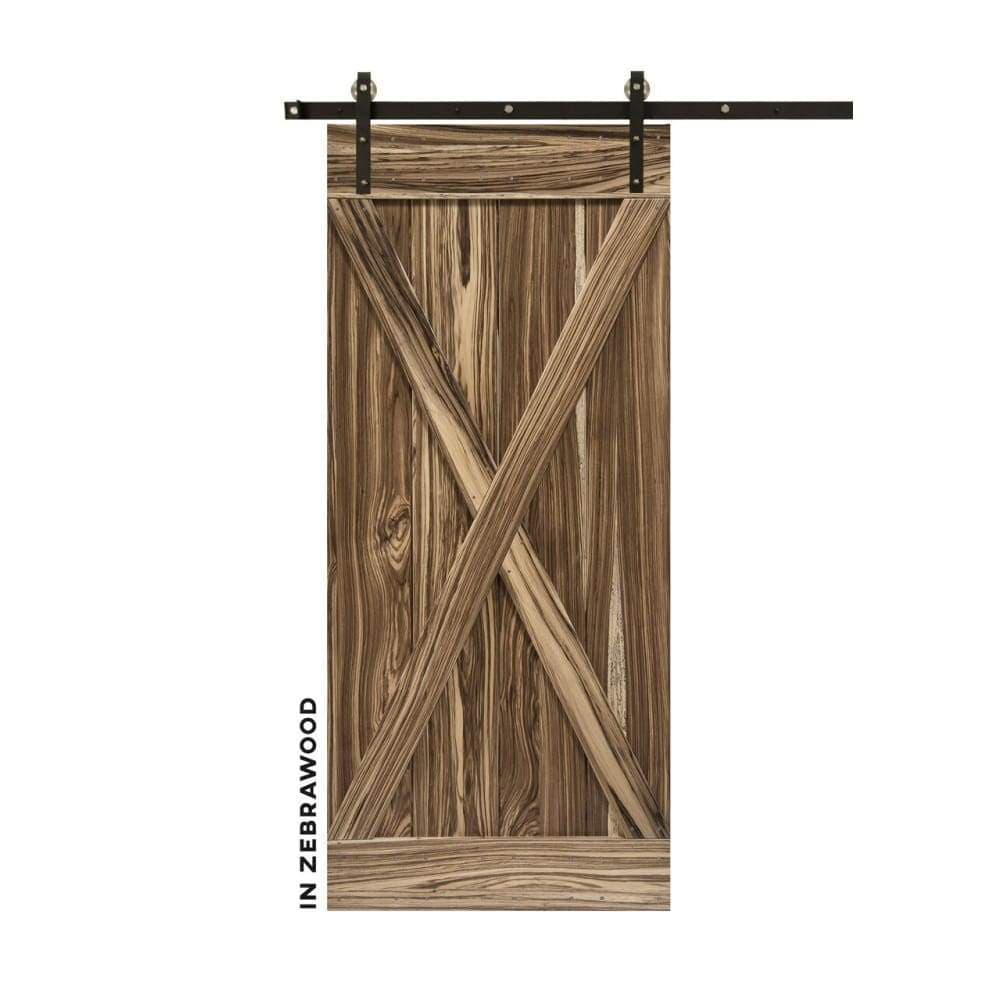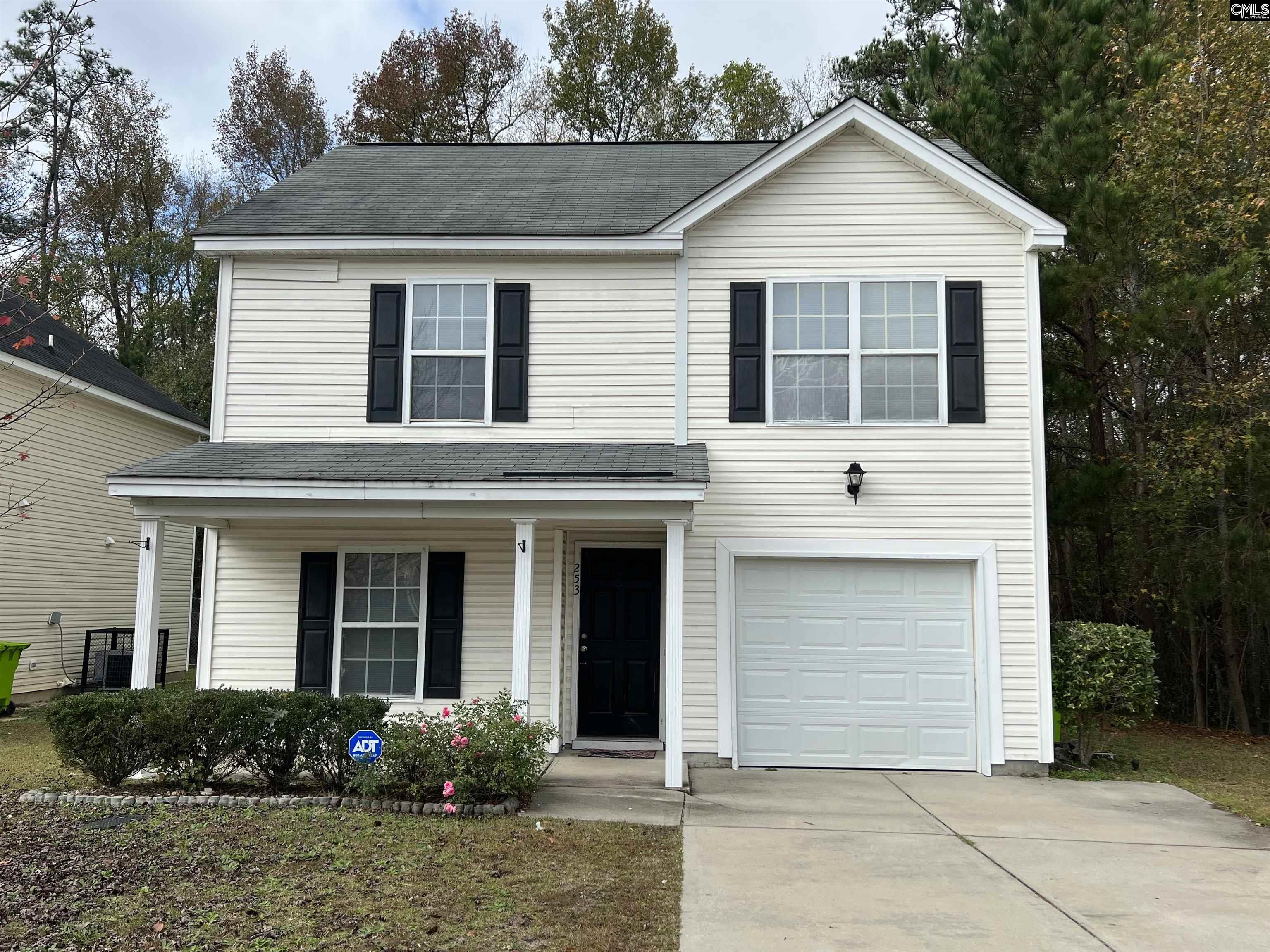
If you would like to protect your home without paying monthly fees, then a DIY camera security system might be for you. These DIY security systems for your home are easy to set up and can be customized to meet your individual needs.
Outdoor cameras. A security camera will allow you to monitor an area such as your patio or backyard. These cameras often have motion sensors, which start recording video. Installation and operation are very simple. They also have wide fields of view, which make it easy to see large areas.
Pan/Tilt. This is a key feature for anyone with multiple properties to monitor or who needs to cover a wide area. Most pan/tilt models have a motorized lens, which makes it possible to move them in a way that matches the angle of your view.
Web client. Most cameras are accessed using mobile apps. It's useful if the camera also has a web interface. This way, you can access your camera from any device, ensuring that you always have access to your live feed and alerts.

Battery backup. This feature is essential if you must leave home for a long time. This feature is very useful in the event of a power failure, since burglars will often turn off electricity before breaking in.
Two-way audio: Most cameras feature built-in speaker and microphones that allow you to talk with the person or people you're monitoring. This feature will be particularly helpful for those with pets or children.
Smart features: The majority of mass-produced surveillance cameras are equipped with the capability to connect to a home network. They can then alert you if there is any unauthorized activity such as doors being opened or windows being smashed. Some cameras are programmed to trigger a security alert when an issue occurs.
Wireless alarms. Some systems can be linked to smoke or carbon monoxide sensors, alerting you when dangerous situations occur. These devices can either be included in your DIY home security camera system, or purchased separately if you have an alarm system.
Remote control: Some security cameras have an app on your phone that allows you remotely to operate and adjust the camera. The app should be user-friendly and intuitive, so you can control it from anywhere.

Customization - The app should give you the option to customize notifications, adjust sound and motion detection, and define detection areas. You can create a scheduled alert to send photos and notifications when certain events occur.
The best cameras are those that have the most advanced technology, and many of them include interesting features. They include night vision, motion detection, and other features.
You need a security camera to protect your home and detect intruders. They also come with a number of useful features, including night vision, audio recording, and remote-controlled lights.
FAQ
Which wireless security system is the best?
D-Link Wireless Security System is my favorite wireless security system. It is one the most affordable available. You get everything you need in one package. It comes with a camera, motion sensor, and remote control. You just need to plug it in and follow these simple instructions.
What is the highest rated home security system?
ADT Pulse is the most widely used home security system.
Can ADT be hacked
ADT security system remains one of the most trusted home alarm systems. ADT Home Security System is considered by many to be the best option. Its reputation as a trustworthy company that protects homes against burglary and fire is what they trust.
Hackers can also infiltrate organizations, as with everything, and take down trustworthiness. Hackers can easily hack into a network and steal sensitive data. When a hacker successfully infiltrates your network, he gains access to everything stored on the computer as well as the ability to change important settings of the software and hardware. A hacker can delete files, modify passwords or shut down an entire computer system. It is important to realize that hackers may not be able to see your files or access your home. You need to arm yourself with information on how to keep your systems protected.
What is the simplest home security system you can install?
The best home security systems are those that do not require any installation at all. These systems are also known as "plug & Play" and work like magic. Just plug them into the power outlets and connect to the internet via a router wireless. Once they are connected, you can control everything from any location in the world.
Can I do it myself?
Yes! If you know how to install an alarm system, you can do it yourself. If you don’t want to hire someone to do it, they will be able help you.
Statistics
- Unlike other online safety services that charge up to 100 percent of your monthly fee, Cove charges no upfront fees and has no hidden costs.
- Depending on your insurance, 24/7 professional monitoring may qualify you for as much as 15% off your premium. (safewise.com)
- Cove sets you free without punishing penalties and fees, unlike other security solutions that charge 75% to 100% of your remaining contract. (safewise.com)
- Depending on your insurance, 24/7 professional monitoring may qualify you for as much as 15% off your premium. (safewise.com)
External Links
How To
How to Install a Home Security System
A home alarm system is a device which monitors your home and alerts when there's an activity. It could be a motion sensor, doorbell camera, smoke detector, fire alarm, flood alert, carbon monoxide detector, burglar alarm, etc. A home security system usually consists of one or more sensors (e.g., motion detectors), which send signals when they detect movement or sound. These signals are sent to a control panel, where they can be monitored and recorded. The control panel will send an alert to your smartphone, tablet, computer or voice assistant if there is a problem, such as someone breaking into your home. You will immediately be notified and can take appropriate action.
It is important to choose the right type and size of sensors to fit your home before installing a security system. There are two main types, passive and active. Passive sensors don't require batteries; they just pick up sounds and vibrations from their surroundings. They can be doorbells or sirens as well as buzzers. Active sensors transmit data via electricity. These sensors include motion sensors and cameras.
There are many sensors brands today. Each brand has their own pros and cons. For instance, some sensors can be weatherproof while others don't. Some come with built-in speakers so you can hear them even if they're outside. Others only work inside. Others are more complex, while some offer more advanced features like night vision.
After you have decided on the best sensors for your property's needs, you will need to choose a manufacturer. This will help ensure that your sensors work well together. You will find many options in your local hardware store.
After you have chosen a brand, you will need to decide how many sensors you wish to purchase. Depending upon whether they live alone or in a group, most people begin with one or two sensors. If you have plans to purchase additional sensors in the future, it might be worth buying more than you currently need.
Next, determine where you want your sensors to be placed. Are they near windows or doors? Or do you prefer having them hidden away? Before you put them anywhere on your property make sure you get permission. Make sure that they won't cause interference with any other electrical outlets.
Once you have determined where your sensors should be placed, you will need to find a way to connect them with your control panel. A power adapter or battery package may be required depending on your setup. Once you have everything in place, your property can be monitored!